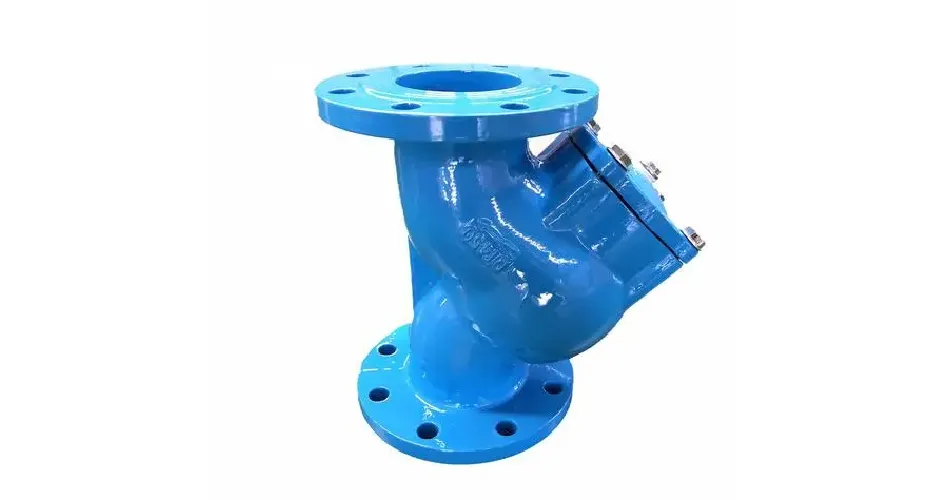اکتوبر . 12, 2024 22:27 Back to list
2 inch gate valve
Understanding the 2-Inch Gate Valve Design, Function, and Applications
Gate valves are essential components in various industrial and plumbing applications, known for their ability to start or stop the flow of fluid with minimal pressure drop. Among the different sizes and types of gate valves, the 2-inch gate valve stands out for its versatility and efficiency. This article will delve into the design features, operational mechanisms, and applications of the 2-inch gate valve.
Design Features
A 2-inch gate valve is typically constructed from durable materials such as brass, stainless steel, or ductile iron, allowing it to withstand high pressures and harsh environments. The design includes a valve body, a gate, a bonnet, and an actuator (handwheel or electric motor). The valve body houses the flow path and is flanged or threaded for ease of installation in piping systems.
The key feature of a gate valve is its gate, which is a flat closure element that moves vertically to open or close the valve. In the closed position, the gate is completely seated against the valve seat, providing a tight seal that prevents fluid leakage. When the valve is opened, the gate is lifted fully out of the flow path, which translates to little to no pressure drop across the valve, making it highly efficient in terms of flow characteristics.
Operational Mechanisms
The operation of a 2-inch gate valve is straightforward. To open the valve, the actuator is turned, which raises the gate by means of a threaded spindle or by utilizing an electric motor. Full opening allows for the free passage of fluid, making gate valves particularly advantageous in applications requiring uninterrupted flow, such as in water supply systems, drainage systems, and certain industrial processes.
2 inch gate valve

Conversely, to close the valve, the actuator is turned in the opposite direction, lowering the gate back into its seated position. It is important to note that gate valves are designed for either fully opened or fully closed positions; they are not suitable for throttling applications due to their design, which can lead to seat wear and eventual leakage if used improperly. This characteristic makes them less flexible in some situations but more reliable for their intended functions.
Applications
The 2-inch gate valve is commonly used in a variety of applications due to its efficiency and reliability. In municipal water supply systems, they are typically utilized to control the flow of water in pipelines. Their design allows for minimal pressure drop, which is essential in maintaining hydraulic efficiency within the system.
In industrial settings, 2-inch gate valves can be found in processes that handle water, oil, gas, and other fluids. They are widely used in cooling systems, fire protection systems, and wastewater treatment facilities due to their ability to effectively isolate sections of pipeline for maintenance and repairs.
Moreover, in the HVAC (Heating, Ventilation, and Air Conditioning) industry, these valves help manage the flow of chilled water or steam through systems, providing essential control for thermal processes.
Conclusion
In summary, the 2-inch gate valve is a crucial component in many fluid management systems, offering significant advantages in flow control and pressure drop minimization. Its simple yet effective design and operation make it suitable for various applications, ranging from municipal water supply systems to complex industrial processes. By choosing the right material and ensuring proper installation and maintenance, users can enhance the reliability and longevity of these essential devices, ensuring efficient flow management in their respective systems. Thus, understanding the functionalities and applications of 2-inch gate valves is vital for engineers, plumbers, and facility managers aiming to optimize their fluid control strategies.
-
thread-plug-gauge-our-promise-of-measurement-excellenceNewsAug.22,2025
-
gauge-pin-class-reflecting-quality-legacyNewsAug.22,2025
-
check-valve-types-for-high-rise-buildingsNewsAug.22,2025
-
water-control-valve-for-irrigation-systemsNewsAug.22,2025
-
gate-valve-with-soft-seal-technologyNewsAug.22,2025
-
y-type-strainer-for-oil-and-gas-applicationsNewsAug.22,2025
Related PRODUCTS









